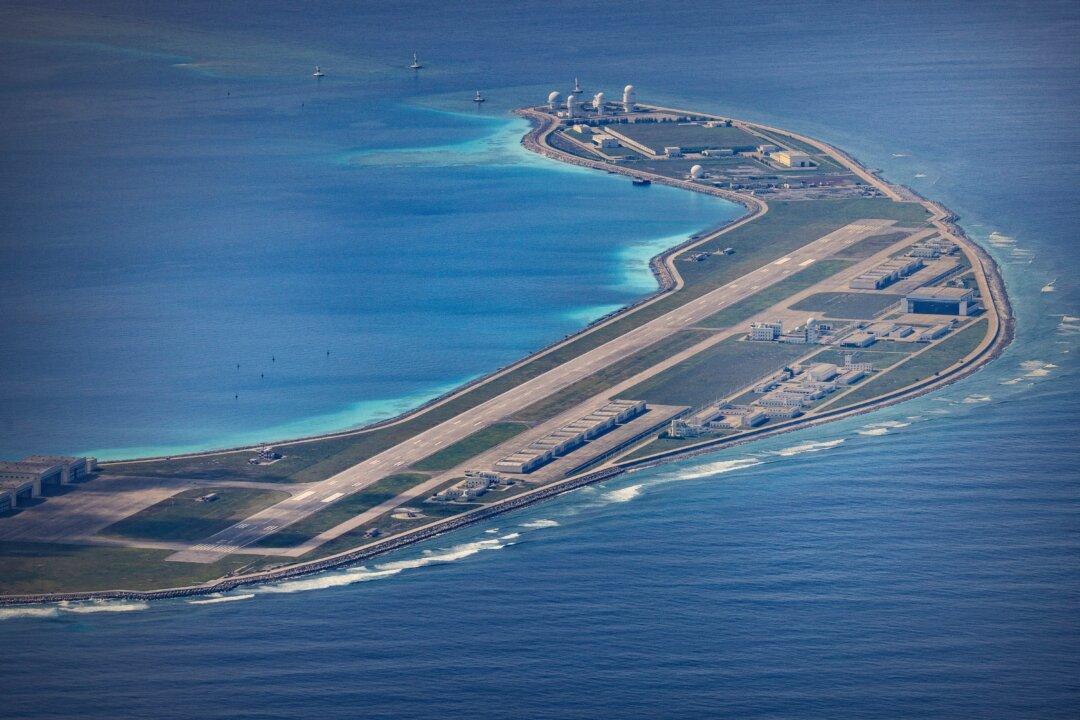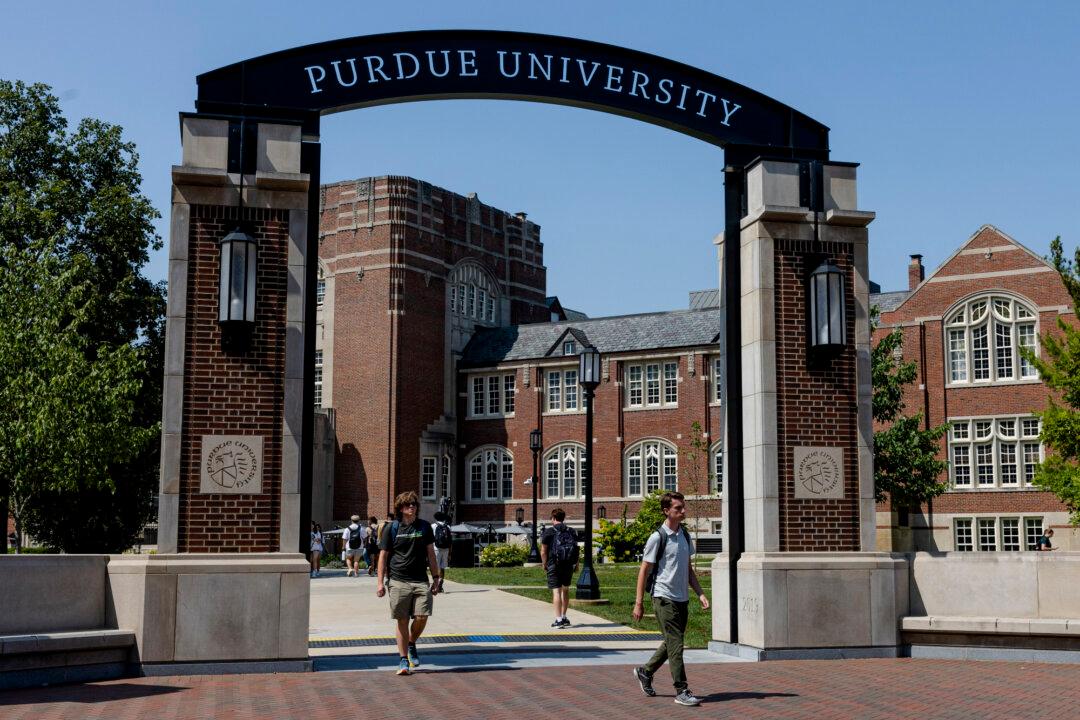A terse emergency radio broadcast picked up by a commercial flight was the first warning that the Chinese regime was about to start live-fire drills under its flight path between Australia and New Zealand.
Within hours, Australian authorities had been notified and air traffic controllers had rerouted 49 commercial flights between Australia and New Zealand to keep them out of harm’s way.
The incident on Feb. 21—which rattled officials in Canberra and Wellington—offers just a glimpse into Beijing’s far-reaching plans in the Pacific, according to China watchers and recent analysis.
An April report from the Prague‑based research group Sinopsis warns that the Chinese Communist Party (CCP) is quietly bankrolling a dense web of “dual‑use” seaports, airstrips, and telecom networks in at least 10 Pacific Island nations, covering roughly 3,000 miles and forming a network of strategic nodes between Australia and the U.S. territory of American Samoa in Polynesia, just 2,500 miles southwest of Hawaii.Built for providing development aid, the dual‑use assets can be flipped to military use “at a moment’s notice,” the report states, giving the People’s Liberation Army (PLA) a ready‑made logistics chain thousands of miles from home. Experts said the report’s mapping will sharpen vigilance in Washington, Canberra, and Tokyo and force island governments to weigh sovereignty costs before cutting their next ribbon.





